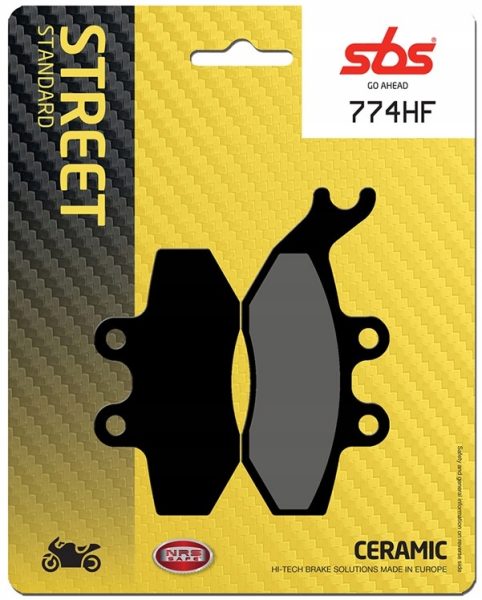
Comparison test: Renault Kangoo Express Maxi 1.5 dCi and Dacia Dokker Van 1.5 dCi
But first, we need to clarify one more thing. The Renault Kangoo is not the foundation on which the Dacio Dokker was built, although at first glance it looks like this, they still have the most in common when we lift the hood.
Dacio is powered by Renault's 90-horsepower turbodiesel, which is of course a longtime familiar in the automotive industry and is used for Renault, Dacia and Nissan vehicles. The gearbox is five-speed and boasts moderate fuel consumption, which in the test was 5,2 liters per 100 kilometers. On the other hand, the Renault Kangoo has a state-of-the-art 1.5 dCi engine with 109 horsepower and a six-speed transmission under the hood, which is also the best option among the light vans of this French house.
More power means more fuel consumption, which in the test was 6,5 liters per hundred kilometers. Considering the fact that the Kangoo's carrying capacity is enviable, as it weighs 800 kilograms, one should not forget about its even larger dimensions, which are inferior to the average mainly in length. While the Dacia is a classic in light van offerings, the Kangoo Maxi is a car with redundancy, as in addition to a comfortable pair of front seats, it also has a folding rear bench that can carry three adult passengers by force. . The bench folds down in just a few seconds and the passenger compartment transforms into an additional flat-bottomed luggage compartment, which is of course crucial for vans.
You will be able to load a couple of euro pallets in both, and access is possible both through the rear double doors and through a fairly wide side sliding door. The payload is minimal: the Dacia can carry up to 750kg and the Kangoo up to 800kg. In Dokker, you will be able to stack a load with a width of 1.901 x 1.170 mm x 1.432 mm, while in Kangoo, you will be able to stack 2.043 mm (or 1.145 mm when folded) x XNUMX mm, if in both cases the width between the internals takes into account the wings.
And last but not least, the price. In the basic version, Dacia used to be cheaper! It can be purchased for seven and a half thousand, and the test model, which was also well equipped, costs 13.450 euros. For a basic Kangoo Maxi with this motorization, 13.420 € 21.204 must be deducted, and a richly equipped test model can be yours for XNUMX XNUMX €. This is reflected in the interior of the vehicles, as well as in driving performance and maneuverability. Kangoo is better, more modern in this regard, better materials.
Final score: The Dacia is undoubtedly a very interesting choice for those looking for the lowest cost per cubic meter of cargo space, while the Renault is at the other end of the scale. It offers the most, but certainly costs a lot.
Text: Slavko Petrovcic
Dacia Dokker Minibus 1.5 dCi 90
Basic data
Technical information
| engine: | 4-cylinder - 4-stroke - in-line - turbodiesel - displacement 1.461 cm3 - maximum power 66 kW (90 hp) at 3.750 rpm - maximum torque 200 Nm at 1.750 rpm. |
|---|---|
| Energy transfer: | engine-driven front wheels - 5-speed manual transmission - tires 185/65 R 15 T XL (Continental EcoContact). |
| Capacity: | 162 km/h top speed - 0-100 km/h acceleration in 13,9 s - fuel consumption (ECE) 5,2/4,5/4,1 l/100 km, CO2 emissions 118 g/km. |
| Mass: | empty vehicle 1.189 kg - permissible gross weight 1.959 kg. |
| External dimensions: | length 4.365 mm – width 1.750 mm – height 1.810 mm – wheelbase 2.810 mm – trunk 800–3.000 50 l – fuel tank XNUMX l. |
Renault Kangoo Express Maxi 1.5 dCi 110 – Price: + RUB XNUMX
Basic data
Technical information
| engine: | 4-cylinder - 4-stroke - in-line - turbodiesel - displacement 1.461 cm3 - maximum power 80 kW (109 hp) at 4.000 rpm - maximum torque 240 Nm at 1.750 rpm. |
|---|---|
| Energy transfer: | front wheel drive engine - 6-speed manual transmission - tires 205/55 R 16 H (Michelin Energy Saver). |
| Capacity: | 170 km/h top speed - 0-100 km/h acceleration in 12,3 s - fuel consumption (ECE) 6,4/5,0/5,5 l/100 km, CO2 emissions 144 g/km. |
| Mass: | empty vehicle 1.434 kg - permissible gross weight 2.174 kg. |
| External dimensions: | length 4.666 mm – width 1.829 mm – height 1.802 mm – wheelbase 3.081 mm – trunk 1.300–3.400 60 l – fuel tank XNUMX l. |
